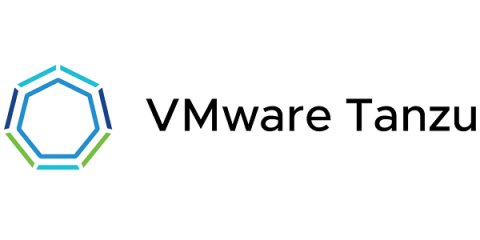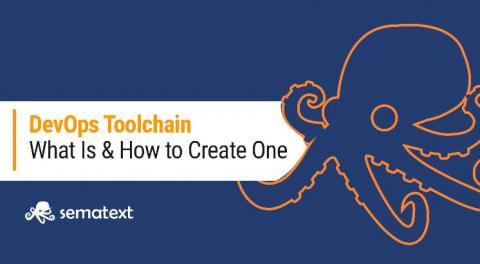HashiConf Digital Wrapup, June 2020
The first HashiConf Digital event was held on June 22-24, online. The event was meant to be HashiConf Amsterdam, but the team pivoted and moved it online because of COVID-19. My employer FireHydrant was a sponsor, and I was happy to have a chance to attend. The event was very well organized, and that’s even more impressive given that the team had to shift it online.











